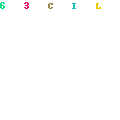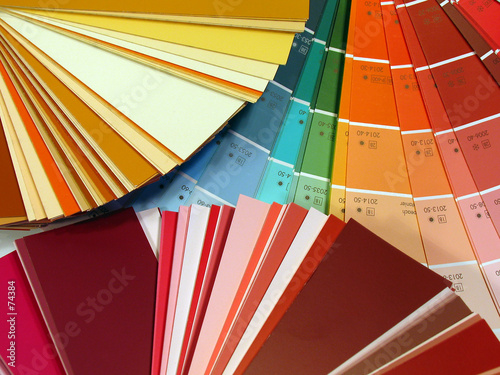I think I'll format these observation posts in a more meaningful manner next time, starting with my main point and then elaborating on it based on my experience.
Here we go!
General observation: Some elements of emotional state can come from the design/look of the character and does not always rely on the animation itself.
Specific observation: Watery eyes/redness is a powerful tool that can be used to make your character appear sad/in-tears.
As an animator, I've always had to rely on my animation skills to push the emotional state of the character and to find ways of making him connect with audiences through movement. The truth is, this skill - as valuable as it is to an animator can only be taken so far. The fact is there are also a lot of contributing factors that can help make the character/scene more convincing.
Take shot layout and camera movement for example, the primary factor of how we connect to an audience is surprisingly overlooked by many animators. A well placed camera and/or controlled movement can have more of an impact than you think. A slow zoom into a character often helps the audience connect to the character better, often used when the character is in deep thought for example. The animation could be the best in the world and incredibly subtle perhaps, but if the camera is in a full body shot or a long shot; the effect is completely changed.
Colour design and theory will also add to how we feel about the characters/scene. The scary thing is how our brains pick up these clues so unconsciously that we take them for granted. This is certainly an area I would like to explore further when possible.
Following the colour design, lighting also plays an important part. Having a character very well lit or not can mean so much in ways I can't even describe. There are many examples out there of how good lighting affects the mood and atmosphere that you can probably look up.
Character design helps tell us who these characters are that we are animating. With just a generic default character rig, it tells us hardly anything. Why is this important? Surely a well animated character can shine without fancy designs. That may be true but again, as I mentioned above, there is only so much you can do with animation. These are plusses, bonuses, add-ons, icing on the cake, if you will to not only make your animation stand out but more importantly help the audience connect better with your animated character. A good design will immediately establish a good understanding of your character before he is even moving. Is he a cowboy? Is he a waiter?
 |
| The generic rig tells you very little about the character |
| Customized rigs tell you more about the character and their personality |
I suppose the goal of every shot is to immediately tell the audience the story, the scenario and what's happening in just the scene layout/designs itself. That way, when the audience watches the animation, they spend less time figuring out who these characters are, where they are, what time it is, etc and spend more time concentrating on what's important - what's actually happening in the scene.
Ok, I appear to be drifting off topic now. OH yes, back to my main point, the watery eyes and the impact! I guess this new found discovery made me realize a new factor that can contribute to the performance!
I'm not actually sure what category this will fall in to be honest, maybe under character design? It's just additional things we can do to make the performances more convincing. In 3D, with good rigs, we can often use squash/stretch, rotations, translations and even scale to deliver our performances. Now that I've discovered this watery eye concept and how much it affects the character's looks, it really got me thinking just how much more of these little details I've missed out.
I know this isn't anything mind-blowing or new in 2D, because I've seen many great examples of 2D animation where they include a ton of details but a lot of which are only possible due to the nature of the art form. 2D is great because you can make anything happen, a transforming character, deformations, eye pops, explosions and what not all limited to just your imagination. With 3D however, it is a lot more work to get those results and as such 3D characters tend to have that rigidness.
Can you think of other examples of what we can do to push the characters designs further apart from maybe changing the colours of the eyes?


No comments:
Post a Comment